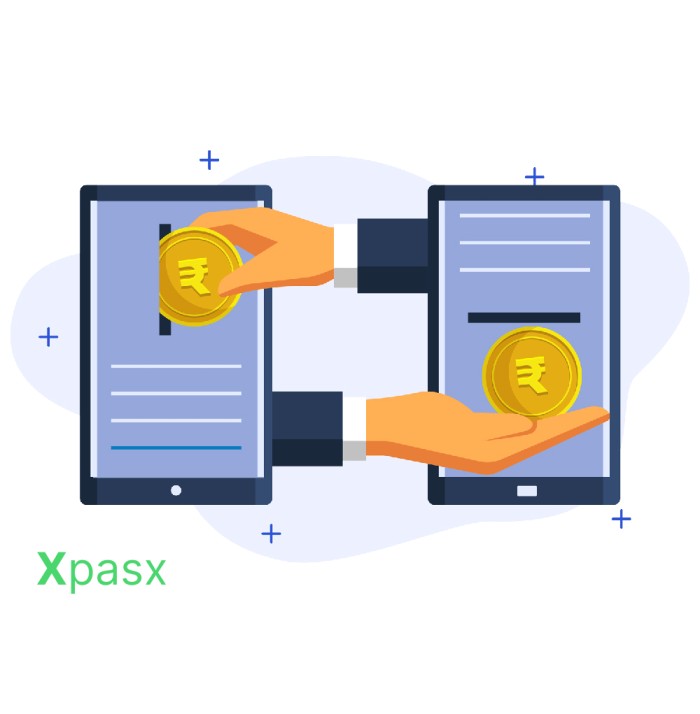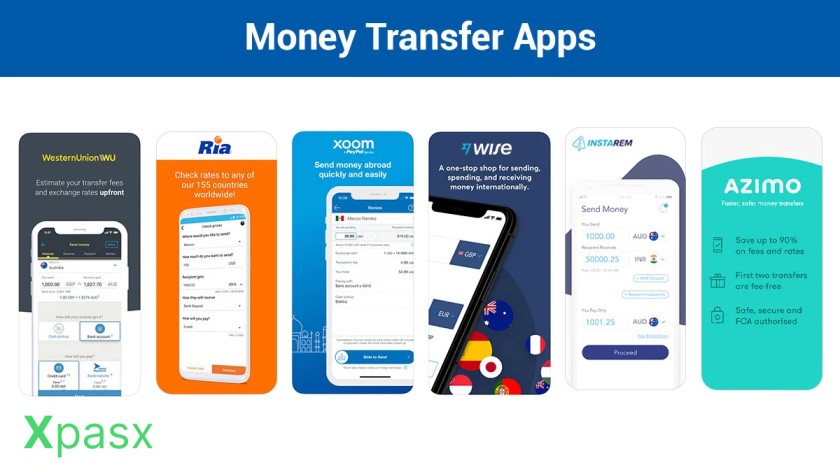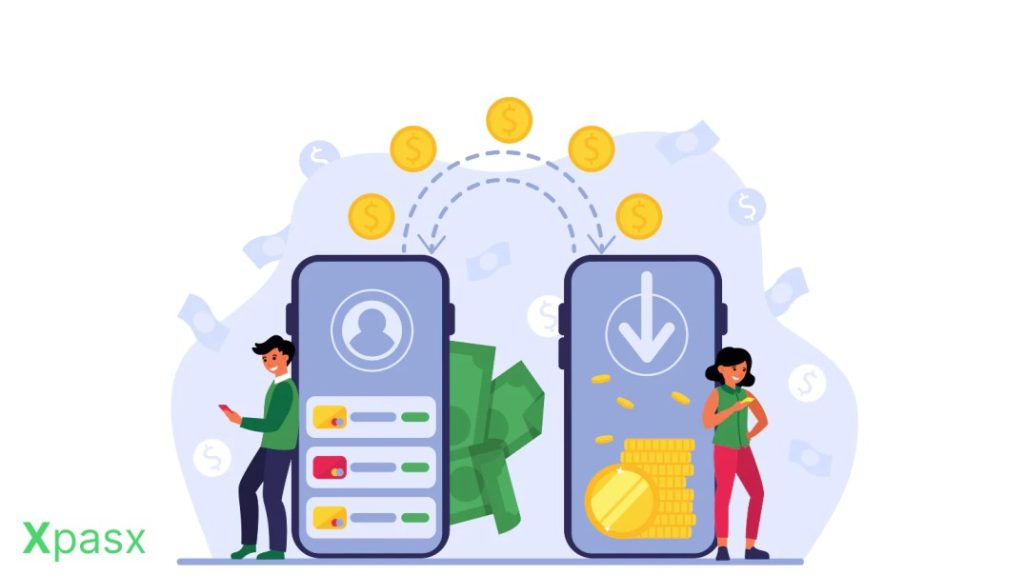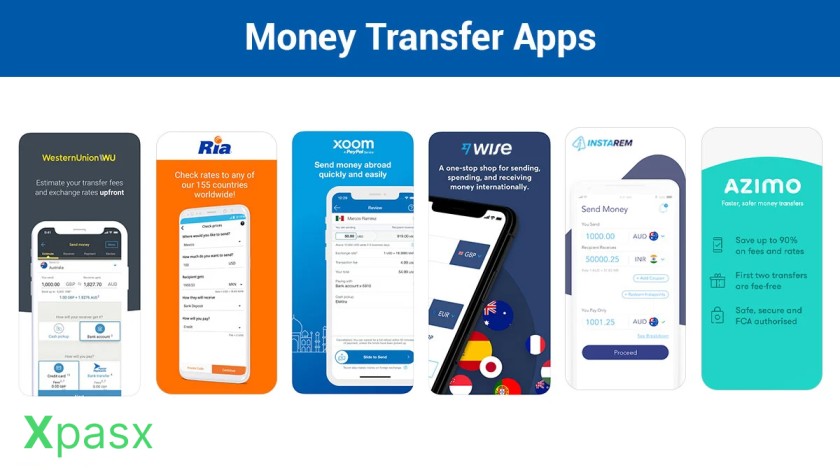Table of Contents
Money Transfer App

A money transfer app is, like a tool or platform that lets people easily send and receive money online. These apps offer an effective way to move funds, between people, companies, and banks.
In this article from xpasx, we will discuss these apps in detail.
What Services Do These Money Transfer Applications Offer?
Money transfer apps typically offer various features and functionalities, including:
Sending Money; People can send money to others or businesses by providing their details. These details can be their name, email, phone number, or account information. Some applications even allow for money transfers with options for converting currencies and using payment methods.
Receiving Money; Recipients can get funds deposited directly into their bank accounts or digital wallets. Certain applications offer transfers while others may take business days to complete the transaction.

Security; Money transfer apps prioritize safeguarding users’ financial data and transactions. They use encryption technology and other security measures to secure information and prevent access or fraudulent activities.
Convenience; These apps provide a way for users to send and receive money without relying on cash or traditional banking services. Users can initiate transfers at any time from with an internet connection using their smartphones, tablets, or computers.
Integration with Services; Many money transfer apps integrate with financial services and platforms allowing users to connect their bank accounts, credit cards, or other payment methods, for smooth transactions.
Certain applications also provide functionalities like paying bills topping up phones and engaging in peer-to-peer borrowing.
Some known money transfer applications are PayPal, Venmo, Cash App, Zelle Google Pay and Apple Pay. These platforms have become widely used because of their easy, to use interfaces, secure transactions, and diverse features and capabilities.

Are Money Transfer Apps Safe to Use?
Money transfer applications usually focus on safeguarding users’ financial details and transactions. This is done by utilizing encryption technology and various security protocols to safeguard data. Nevertheless similar, to any platform there are risks involved in using money transfer apps. Users need to be cautious, to protect the security of their transactions. Here are some aspects to take into account when evaluating the security of money transfer applications;
Encryption and Security Measures; When it comes to money transfer applications they usually employ encryption technology to safeguard users’ information and transactions. It’s advisable to opt for apps that utilize encryption protocols and come equipped, with the best security features.
Regulatory Compliance; It’s important to verify that the money transfer app is duly regulated and licensed by the authorities in the areas where it operates. Regulatory supervision plays a role in ensuring that the app adheres to industry norms and security standards offering an added layer of protection for users’ finances and data.
Fraud Prevention; Many money transfer apps incorporate fraud mechanisms such as transaction monitoring, fraud detection algorithms, and account verification procedures to detect and thwart fraudulent activities. Users should remain alert. Promptly report any unauthorized transactions to the app provider.
User Education; Some money transfer apps provide materials and guidance on how to navigate the platform. Users are encouraged to acquaint themselves with the app’s security features, and privacy policies as best practices, for safe usage including safeguarding login credentials steering clear of phishing attempts, and verifying recipients before initiating transfers.
Reputation; Prioritize researching the reputation of a money transfer app by delving into user reviews, testimonials, and independent assessments.
Seek input regarding aspects, like security, dependability, customer assistance, and general contentment, with the application offerings.
When using money transfer apps it’s important to be mindful and follow safety tips to protect your accounts from fraud or unauthorized access despite their convenience and efficiency.

Bottom Line
Money transfer applications are tools that enable users to send and receive money. These platforms provide an effective method, for transferring funds among individuals, businesses, and financial institutions. Key features of these apps include the ability to send and receive money security measures like encryption and authentication accessibility around the clock as integration with various financial services.
When evaluating the safety of money transfer applications users should take into account aspects such as encryption standards, security protocols, adherence to regulations, measures against fraud, user education efforts, and the app’s reputation. While these apps prioritize safeguarding users financial details and transactions it is advisable for users to also implement precautions to shield themselves from fraud or unauthorized access.
Known examples of money transfer applications encompass PayPal, Venmo, Cash App, Zelle Google Pay, and Apple Pay. These platforms have garnered significant popularity thanks to their user interfaces, secure transaction processes, and diverse range of features. In essence money transfer apps offer a safe avenue for money transfers yet users should remain vigilant and adhere to best practices, for secure usage.
- If you wish to learn more visit our page on cash.